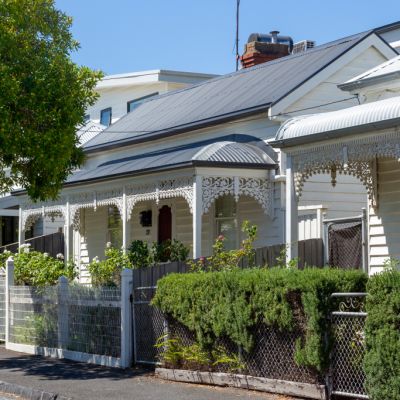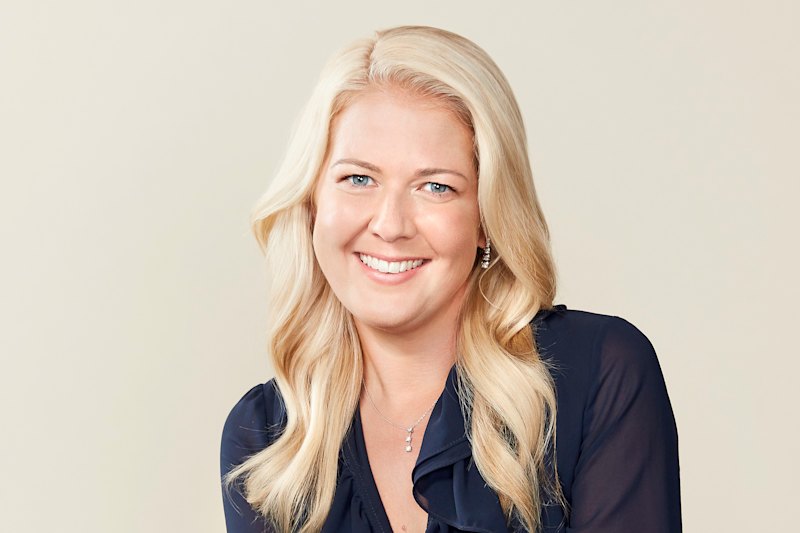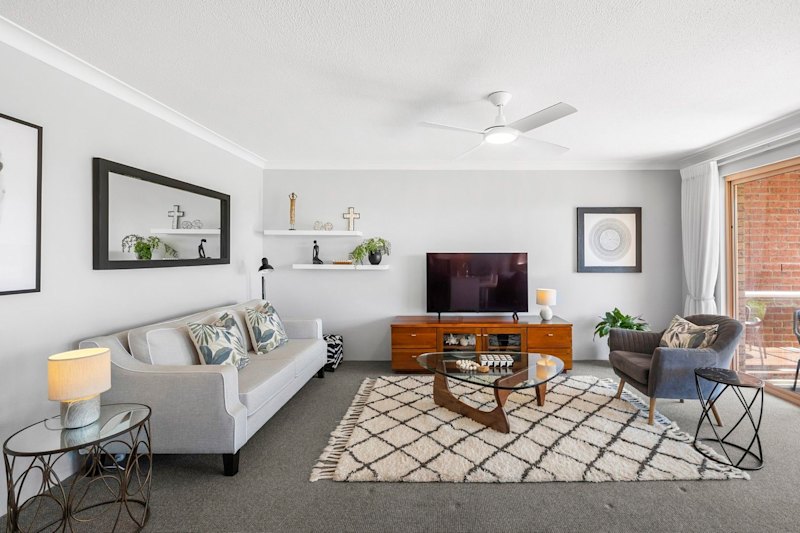House prices rise fast in some of the world's most liveable cities
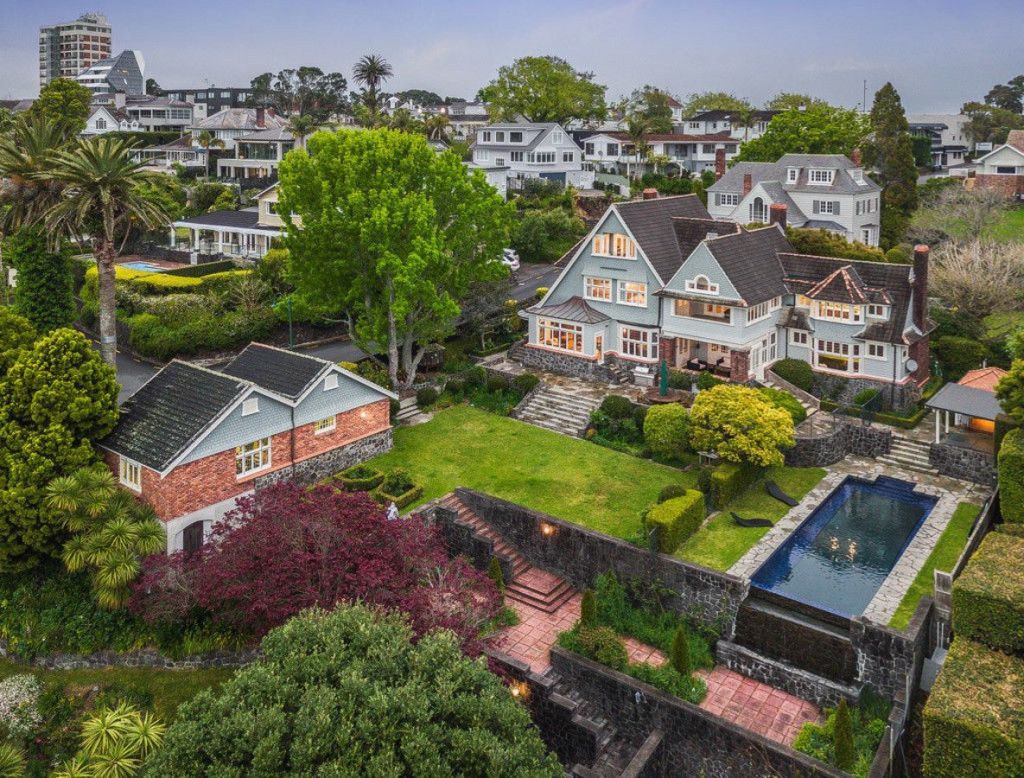
House prices are rising fast in some of the world’s most liveable cities, which could threaten their status as an attractive destination over time, experts warn.
But, it is still possible to find capitals where housing is relatively affordable and which rank highly for liveability.
Auckland in New Zealand topped the rankings of The Economist’s Global Liveability Index 2021 due to its success in containing the COVID-19 pandemic.
Seven of the top 11 cities were in Australia or New Zealand, where suppression of the virus allowed children to return to school, cultural attractions to stay open and residents to live relatively normal lives.
| Rank | City | Location |
| 1 | Auckland | New Zealand |
| 2 | Osaka | Japan |
| 3 | Adelaide | Australia |
| 4 | Wellington | New Zealand |
| 4 | Tokyo | Japan |
| 6 | Perth | Australia |
| 7 | Zurich | Switzerland |
| 8 | Geneva | Switzerland |
| 8 | Melbourne | Australia |
| 10 | Brisbane | Australia |
| 11 | Sydney | Australia |
At the same time, low interest rates have pushed house prices higher across both sides of the Tasman.
Auckland house prices soared 21.6 per cent over the past year to $NZ1.125 million ($A1.046 million), while Wellington — ranked fourth — recorded a 19.2 per cent rise to $NZ870,000, on Real Estate Institute of New Zealand data.
Residents would expect to spend a double-digit multiple of their income on buying a house, ANZ New Zealand chief economist Sharon Zollner said.
“Housing affordability has become an increasing problem in New Zealand,” she said.
“You’ve got to question how desirable it would be for someone to move to New Zealand, move to Auckland or Wellington and look at what their income would buy.
“It does certainly reduce the appeal of the city as a place to live, if that house price multiple to income gets out of whack, which I think everyone would agree it has.”
In Australia, Adelaide ranked third on the list, and the median dwelling value across houses and units there has jumped 11.8 per cent over the past year to just over $500,000 on CoreLogic figures.
It was followed by Perth at sixth (up 8.5 per cent in a year to $521,000), Melbourne at eighth (up 5 per cent in a year to $740,000), Brisbane at 10th (up 10.6 per cent in a year to $574,000) and Sydney at 11th (up 11.2 per cent in a year to $970,000).
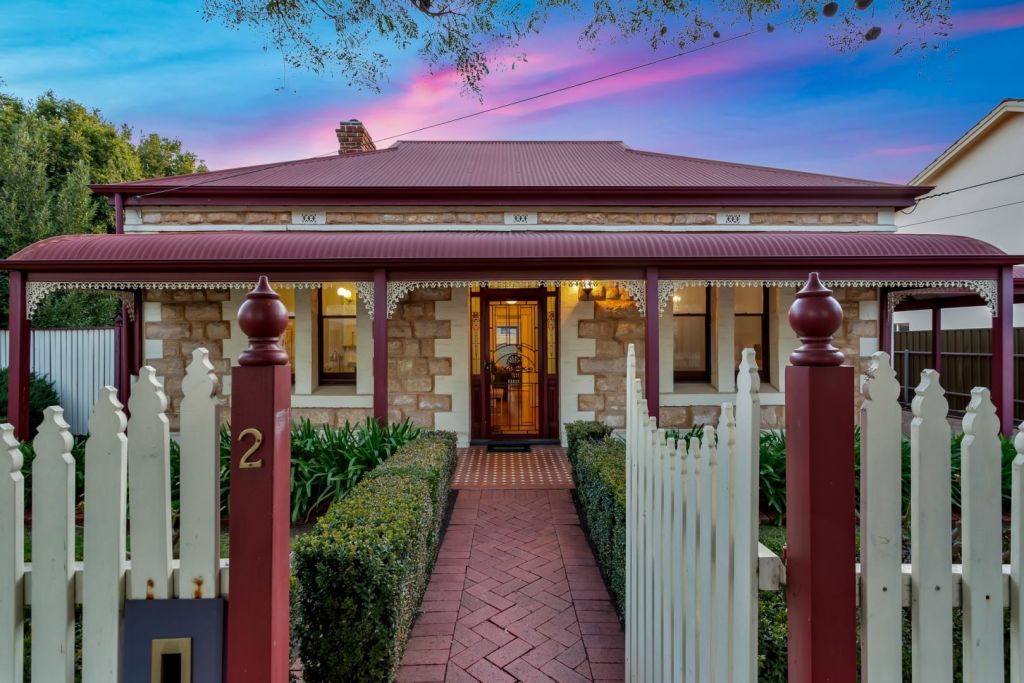
The broad-based gains are largely due to low interest rates, HSBC chief economist of Australia and New Zealand Paul Bloxham said.
“A big fall in interest rates to very low levels, and the likelihood they’re going to stay low for a considerable period, is one of the factors driving up house prices,” he said.
Another reason for high house prices in major cities is a lack of sufficient investment in transport infrastructure over time, he said, with strong demand for central neighbourhoods.
“If you spend a lot of time in congestion. People want to live closer to the centre of the city to avoid a long commute,” he said.
And, although affordability of housing could make a city seem more liveable, a more liveable city would likely face high demand that would push house prices higher, he said.
Social researcher Mark McCrindle agrees, saying an irony of the rankings is that the more liveable a city is, normally the more unaffordable it is.
“If a city is rising in the ranks, that’s because it’s got a more stable and secure context in terms of lower crime, more and better infrastructure, better quality housing, better healthcare and education,” the principal at McCrindle Research said.
“As a city gets better and therefore it becomes more liveable, there’s increased demand to live there and the prices go up.”
He also noted Japan’s Osaka at second place and Tokyo at equal fourth, saying the cities at the top of the list were often high-cost places to live. Prices of new apartments in Tokyo approached record highs, albeit rising at a slower pace of 1.7 per cent in 2020 to 60.84 million yen ($A718,000).
Better-quality public transport can help open up a city, allowing it to provide more housing supply at a lower price point with access to the city centre, he said.
But, he said it was possible to have both affordability and liveability, pointing to Adelaide, which has received strong internal migration as large city dwellers quit Sydney and Melbourne during the pandemic.
“We might think Sydney and Melbourne are the primo cities,” he said.
“What lists like this do is help us reimagine a city. It will increase the cachet of Adelaide and put Perth back on the map.”
We recommend
We thought you might like
States
Capital Cities
Capital Cities - Rentals
Popular Areas
Allhomes
More
